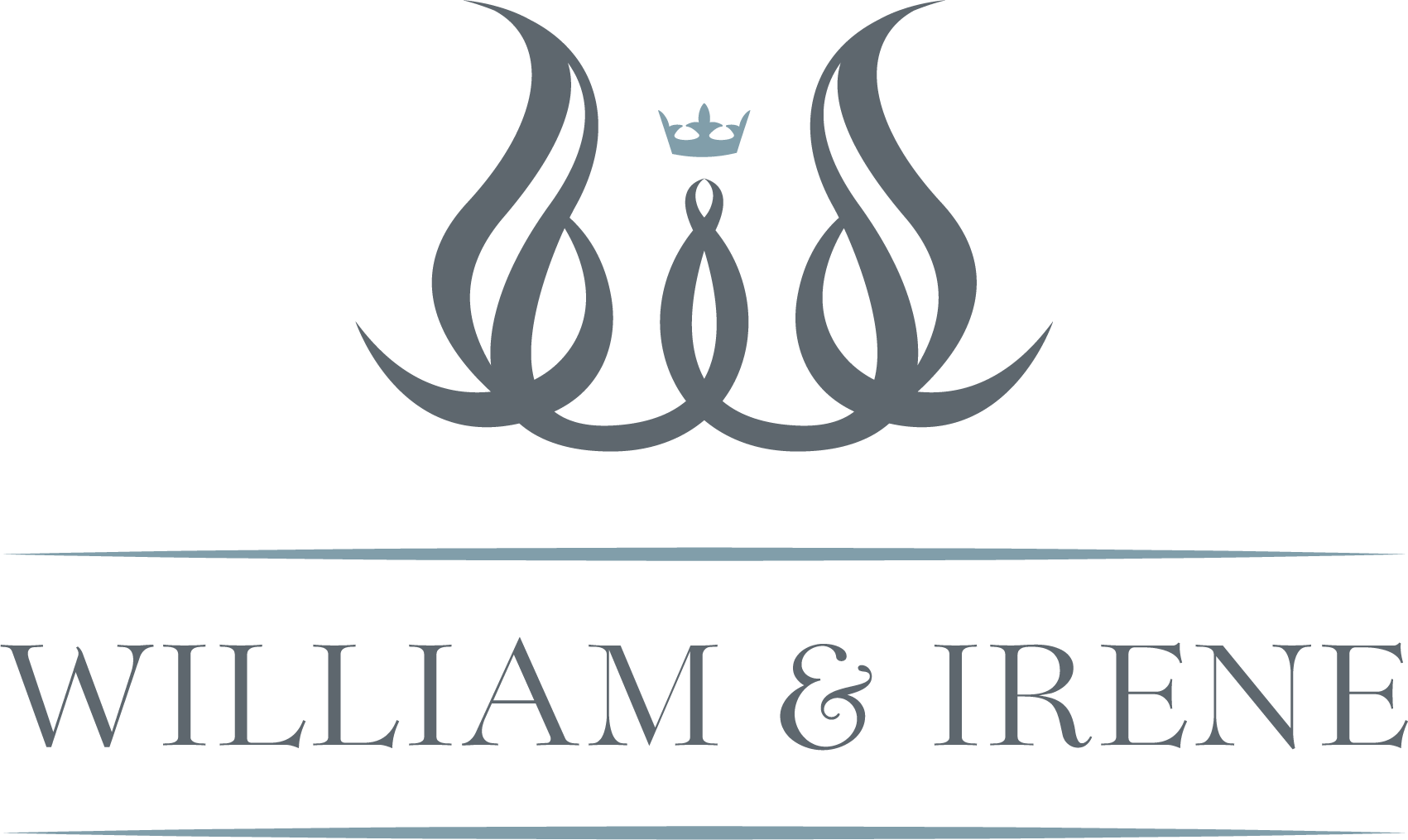
HARRIS TWEED®

The Heart of the Outer Hebrides
Harris Tweed embodies the rich heritage, culture, stunning landscapes and vibrant community of Scotland’s remote Outer Hebrides islands.
This group of islands - Lewis, Harris, Uist, and Barra - is situated off the northwest coast of Scotland. The islands are home to every dyer, blender, carder, spinner, warper, weaver, finisher and inspector involved in the creation of Harris Tweed. No part of the process occurs elsewhere.
Renowned for their weaving excellence, the islanders produce this luxury pure wool tweed entirely by hand, skillfully reflecting the colours of the landscape in the fabric. These skills have been passed down with pride from generation to generation of the islands' community for centuries.

Woven with Authenticity
Harris Tweed, or Clo Mor (Gaelic for ‘The Big Cloth’), stands alone as the only commercially produced handwoven tweed globally and the only fabric to be protected by its own Act of Parliament. It is the role of the Harris Tweed Authority is to promote and maintain the authenticity, standard and reputation of the world renowned Harris Tweed cloth.
The skilled islanders adhere to traditional methods and strict regulations to ensure Harris Tweed maintains a low environmental impact and sustainability, preserving its beauty and integrity.
Hundreds of distinctive patterns have been developed over centuries, each one unique but unmistakably Harris Tweed.
THE PROCESS






The production process begins with shearing and wool gathering. The wool is dyed prior to being spun as opposed to dyeing spun yarn. This means different coloured wools are blended to create a myriad of intricate shades and hues.
The dyed wools are weighed in pre-determined proportions and thoroughly blended to exact recipes to obtain the perfect hue. They are then carded between mechanical, toothed rollers that tease and mix the fibres before being separated into a fragile yarn. The soft yarn is then twisted as it is spun to give it strength for weaving and is wound onto bobbins to provide the ingredients for the loom.
All fabrics have a warp and a weft, the warp being the threads running vertically the length of the fabric, whilst the weft threads run from ‘weft’ to right. The highly skilled process of warping sees thousands of warp threads gathered in long hanks in specific order and wound onto large beams ready to be delivered to the weavers at their homes, together with yarn for the weft.
Weaving can now begin - all Harris Tweed is woven on a treadle loom at an islander’s home, without the use of automation or electricity. The warp and weft yarns arrive from the mill. The weaver sets to work, hand tying the new yarns to the tail-ends of the previous weave, to make it easier to thread onto the loom.
The penultimate part of the process is finishing. The tweed is returned to the mill to be washed and beaten in soda and soapy water to remove any dirt, oil and other impurities. It is then steamed, pressed and cropped to a flawless finish.
The final stage of the process is the examination and stamping by the independent Harris Tweed Authority. When satisfied that the cloth meets the standards, the inspector applies the inherent Orb certification mark, which is ironed on to the reverse of the fabric. This is the ultimate seal of authenticity.
Where you see the Orb mark, you are guaranteed the cloth is authentically produced as outlined by the Act. Only then can this fine fabric be called Harris Tweed.















